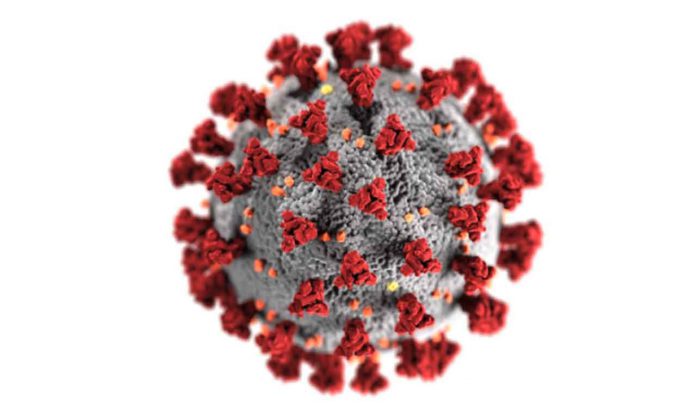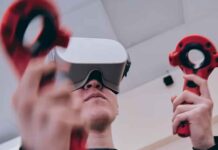The COVID-19 virus is having a significant impact across multiple industries. From independent eateries to simple social activities, the pandemic has touched almost every aspect of life in much of the world. But how has it impacted technology? The virus has spawned more than a few technological innovations that will likely help lead us into a post-pandemic world.
3D Printing Tech Saving the Day
Shortages of multiple kinds of medical equipment have devastated hospitals around the world. Fortunately, 3D printing provides a cheap, efficient means of production for much of this equipment. From face shields to essential parts for medical devices like ventilators, 3D printing has become a big hero in the face of a global pandemic. When you consider that 3D printing labs can exist in places like co-working spaces — of which there are almost 6,200 in the U.S. alone — the reality becomes clear that 3D printing can really be accessible to almost everyone. But the medical industry isn’t the only one where 3D printing technology is quickly becoming essential. Supply chain disruptions as a result of the COVID-19 crisis have forced manufacturers who were already utilizing 3D printing to lean even more heavily on this technology to meet production goals. Experts like Venkata Naveen, Disruptive Tech Analyst at the consulting firm GlobalData, believe that the current crisis could even expedite further development of this technology.
“3D printing has leaped from the proof-of-concept stage to a viable manufacturing alternative, demonstrating its potential in real-world environments, notably in industries such as aerospace and defence, construction, consumer and automotive,” Naveen said in a recent interview.
While 3D printing equipment isn’t necessarily new, its lightning-fast development and implementation have proven it to be a game-changing technology. During these uncertain times and at the height of the COVID-19 crisis, it has often made all the difference when it comes to supplying extra medical equipment and allowing regular citizens to contribute to COVID-19 relief efforts.
Contact Tracing Technology Emerges
Much like 3D printing technology, geo-tracking technology isn’t necessarily a new concept. But contact tracing has become a major concern for medical professionals and researchers in light of how quickly the COVID-19 virus has spread. Keeping track of who someone has been in contact with and all of the services they came into contact with manually is not a simple task. Considering that more than 18 million people misused medications in 2017 alone, technology to trace how they acquired those medications could have been helpful. Now, an even greater number of people need contact tracing and checks now, technology could make this much simpler.
The good news is that we have the technology to make this process easier now. However, there are a number of privacy concerns that come with geo-tracking technology for smartphones. Contact tracing technology, to many people, is an invasion of privacy. It’s information that people believe should be their own. But when you consider that geo-tracking helped identify many of the contacts of members of a Seoul church that formed the first major cluster of infections in the country, it’s difficult to deny the benefits of such data.
The COVID-19 crisis isn’t going away anytime soon. Just like the chances of allergic rhinitis going away are approximately 1% annually, the chances that this will be over soon will be just as low if we don’t take precautions and further develop the technology that could help. This could be the beginning of a new technological era.







